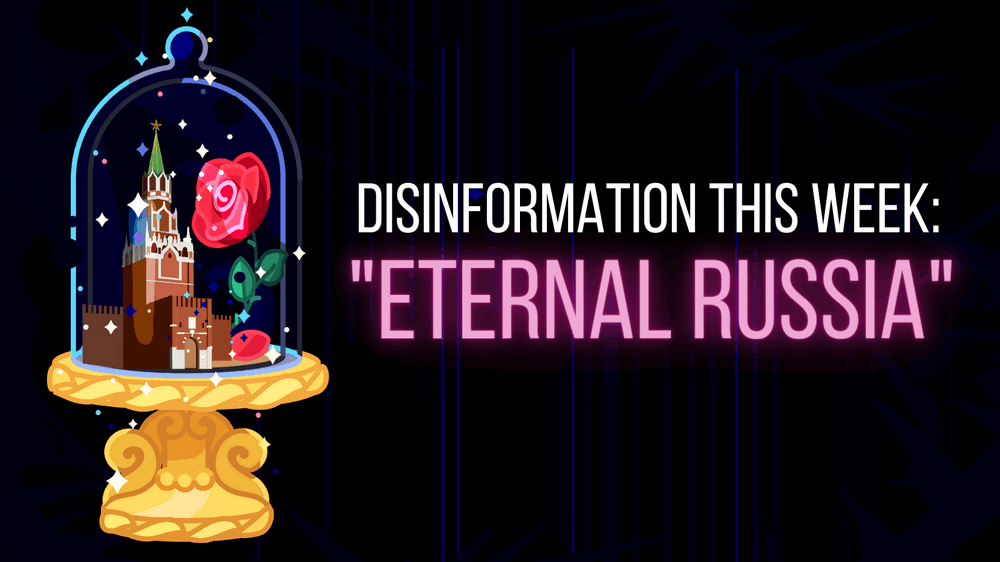1) Pro-Kremlin disinformation can look like just another news story
Claims made in pro-Kremlin fake news stories are sometimes simply taken out of the blue. This has for example been the case when it has been claimed that Malaysian Airlines flight MH17 was shot down by Ukrainian armed forces when there is overwhelming evidence that it was shot down by Russia-supported rebels. However, in most cases, pro-Kremlin disinformation stories use pre-existing knowledge and prejudice to make their fake news seem probable. One such example was the fake story about the kidnapping and rape of a 13-year-old “Lisa” in Germany by a group of newly arrived refugees. The story was spread shortly after events in Cologne, Germany, when many women had been harassed by groups of men with the foreign background. That contributed to making the disinformation story about “Lisa” sound plausible.
2) It comes from RT (Russia Today) and Sputnik
RT (Russia Today) and Sputnik are the international flagships of Russia’s ongoing disinformation campaigns. Three things worth knowing about them is that they are not independent; they do not want to be impartial, and they produce fake news to promote political objectives. Also, you will never see them criticising the Russian government.
3) … and from many sites that hide their links to Russia
An example of a site that does not advertise its affiliation with RT is the YouTube channel In the Now, which makes itself popular by buying up and sharing entertaining videos with the potential to go viral. Once social media users “like” the videos, they will begin to see videos with pro-Kremlin political messaging in their feed. But also other media share, knowingly or unknowingly, narratives which include pro-Kremlin disinformation. Check out our searchable database with almost than 3,500 examples of the spread into both openly pro-Kremlin and other media.
4) They look like facts, but they are not
Making something which isn’t true sound or look convincing isn’t necessarily difficult. You can create the false impression that the Russian president is highly popular in the US by simply staging a news report from a restaurant in New York City. You can also present the popular yellow plastic duck or the fidget spinner as instruments of global US-led conspiracies to overthrow governments and hope people will believe in your conspiracy theory. At the less entertaining end of the spectrum, you can make an actor claim to be the eye-witness of a crucifixion of a child, which never happened, or you can let a news host say that a little girl has been killed, knowing perfectly well that this did not happen at all.
5) Their message is: Be afraid! You face a massive threat: from migrants, from Muslims, from invented disasters
Making use of concerns in societies about migration and religious minorities is an important part of the pro-Kremlin disinformation toolbox. Find out more about how disinformation about migrants in EU member states has been used in pro-Kremlin media in our feature story about this topic
.
6) The message is: Don’t trust anyone! Especially not your media
Sowing distrust in the independence of journalism and media as such is another key message in pro-Kremlin outlets. This message makes their own bias and disinformation look normal, and at the same time, the message weakens targeted societies, as it challenges the idea that media can pursue truth on behalf of all of society and make society a better place. RT (Russia Today) leads by example: Investigations into RT’s target audiences have shown that these at one point even begin to appreciate RT being “open about lying.”
7) Why? “To challenge democratic values and divide Europe”
The wording that the aim of pro-Kremlin disinformation is “to challenge democratic values” and “divide Europe” is taken from a resolution passed by the European Parliament. We know that the disinformation campaign is centrally coordinated by Russia’s authorities and that it inscribes itself into fundamental thinking in Russia’s military. We know quite a lot about in which ways the Russian authorities exercise control over the disinformation messaging in the media they control, or which are loyal to them.
Read more:
- Three things you should know about RT and Sputnik
- Inside RT and Sputnik: What is it like to work for Kremlin’s propaganda media
- Inside RT’s world of alternative news
- Democracies should prepare for the long fight against Russian disinformation warfare: study
- In the depths of disinformation: this is how RT propaganda works
- Former RT anchor: I became the target of a Russian propaganda conspiracy theory
- “Russia’s bunker busters will reach Finns underground” – how to ridicule and threaten at once
- Kremlin disinformation campaign extremely successful – EU East Stratcom
- Komsomolskaya Pravda, Russia Today – leading outlets for anti-Semitic and anti-Israel propaganda, Israeli researchers say
- 25 ways of combatting propaganda without doing counter-propaganda
- How Russian TV-channels promote pro-Kremlin narratives in talk shows
- Russian media forge more papers to blame Ukraine of downing MH17, make bad grammar mistakes
- Are there “independent” media in Russia and why would Putin need them?
- Intimidation as a propaganda tool in the Nordic countries
- Children’s toy part of conspiracy against the Kremlin
- You won’t believe how RT brainwashes its population
- Kremlin’s media formula: ‘Western-style entertainment TV minus democracy’
- Kremlin propaganda to amplify its influence on foreign audiences
- Sputnik News or manure for feeble minds





